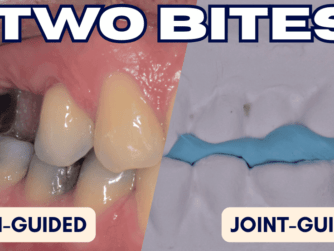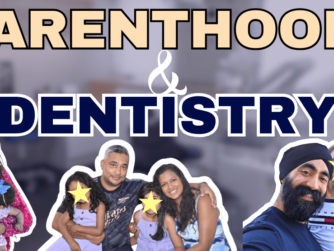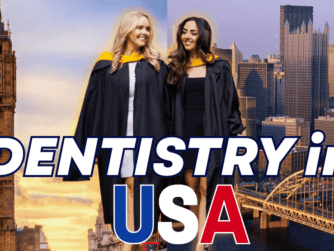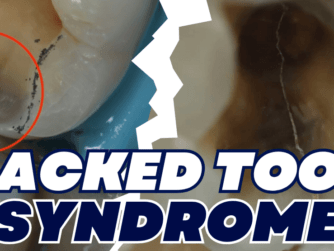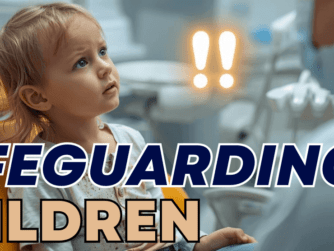Podcast: Play in new window | Download (Duration: 45:09 — 65.1MB)
Subscribe: RSS
Some dentists disagree with the use of Caries Detector Dye in Restorative dentistry. They say that they are experienced enough to know what is infected dentine and affected dentin. However, this episode might change your perspective— CCD can be an incredibly useful tool to provide objective data and increase your bond strengths!
In this episode, Dr. Germán Dorgan spoke to us about caries detection dye and helped us understand how to use it properly. He also shared the evidence base behind this test and how to interpret the data that you get by using it.
Download Protrusive App on iOS and Android and Claim your Verifiable CPD/CE by answering a few questions + You can get EARLY ACCESS to the episode + EXCLUSIVE content
Protrusive Dental Pearl: How can you remove the appropriate amount of caries to get the best bond strengths possible WITHOUT risking removing too much dentine and causing a pulp exposure: Use your perio probe and measure key landmarks. Measure 5mm from the cusp tip and 3mm from the adjacent marginal ridge – do not remove caries beyond this point. As a guide, this will help you not expose the pulp so you achieve very clean dentine for highest bond strengths, without worrying about ‘when to stop’.

Highlights of this episode:
- 1:20 Protrusive Dental Pearl
- 4:27 Dr. Germán Dorgan Introduction
- 7:32 Caries Detector Dye
- 9:40 Rationale behind Caries Detector Dye
- 15:14 When should you use Caries Detector Dye?
- 19:49 Literature for reliability of CDD
- 22:19 Difference between color gradient of caries detector dye
- 23:28 Caries removal guidelines using caries detector dye
- 30:22 Additional Literatures and Top tips
Check out the 3-day course about Biomimetic Dentistry with Sami Sherif, Germán Dorgan, David Alleman, and Davey Alleman. Hosted by Get Bonded and Stay Bonded on March 3, 4 and 5, 2023
Check out the literature mentioned by Dr. Germán Dorgan
You might also enjoy another Biomimetic Episode: I Can’t Believe This Sticks – EXTREME BONDING EXPOSED with Dr. David Gerdolle



